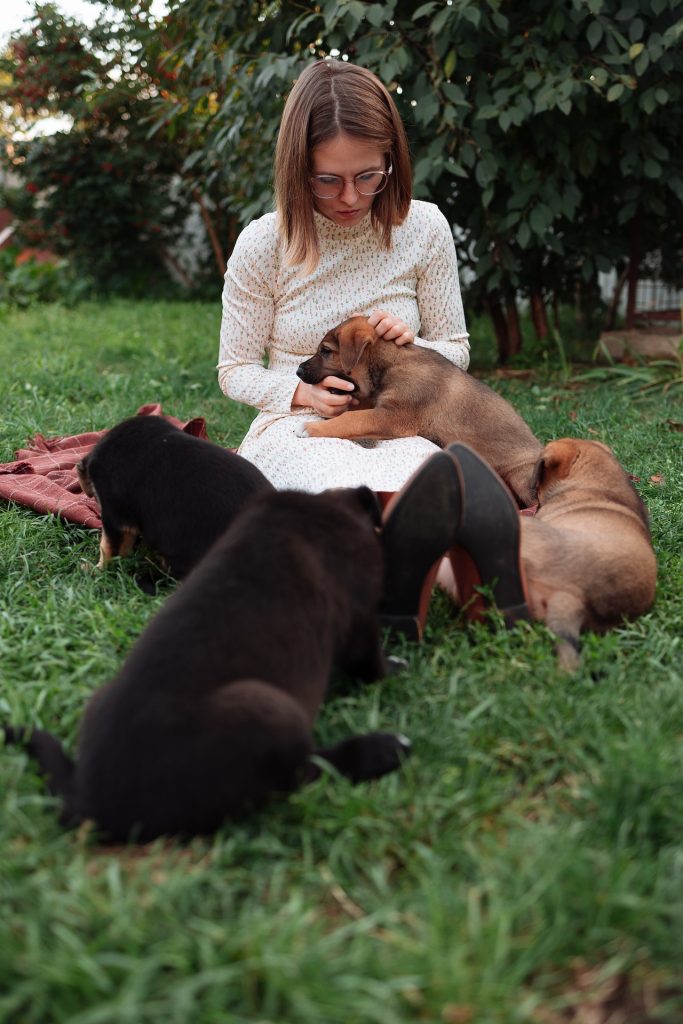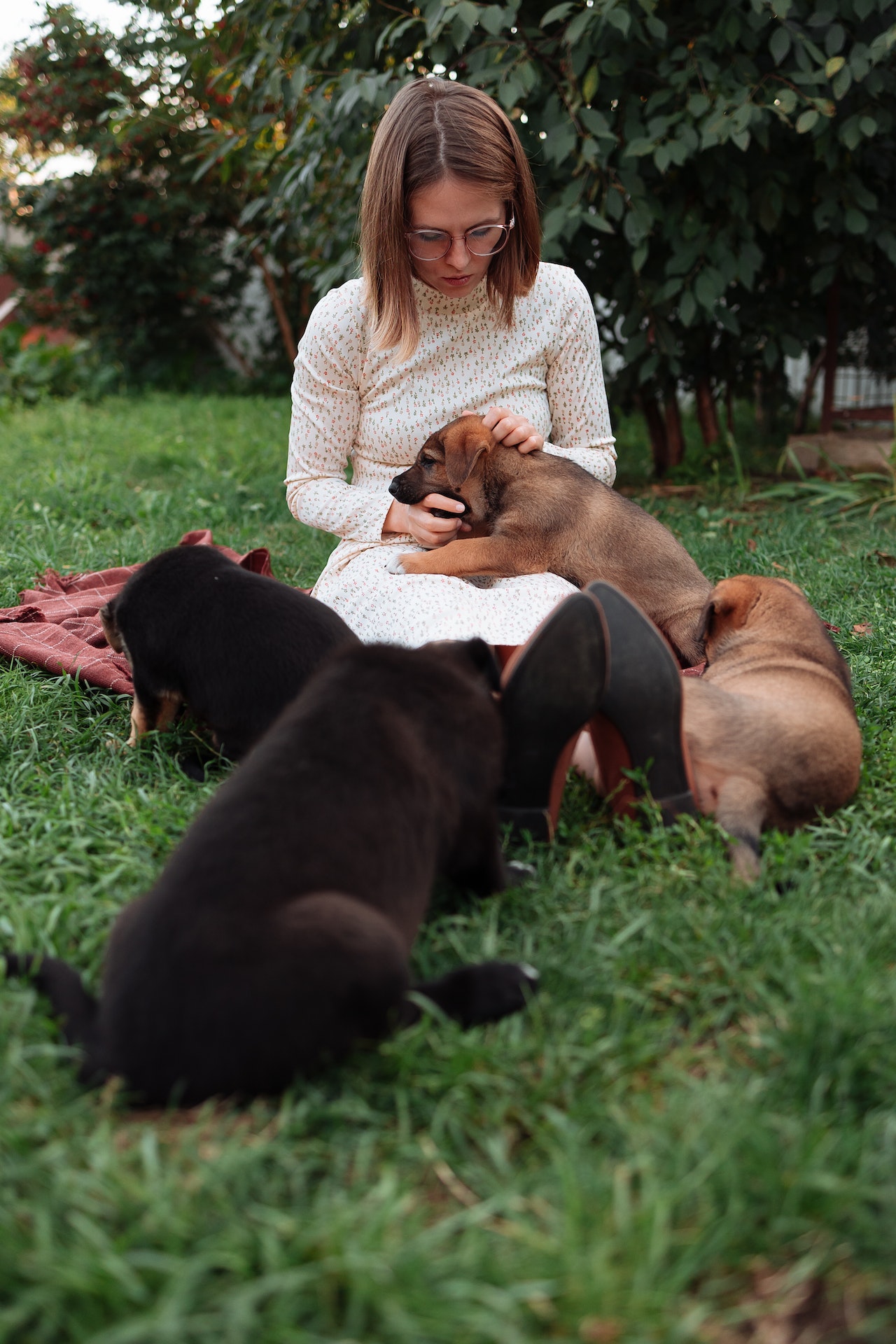Papillon breed history can be traced across Renaissance portraits by the titan, Rubens, and Watteau. Their origin is unknown.
The Papillion has two kinds: The “Papillion” type, where the ears look like the outstretched wings of a butterfly, and the “phalene” type, which has drop ears and resembles a “night moth.”
Life span: 12-15 years
Color: white with makings in any color
Temperamental: Energetic, Affectionate, outgoing, Happy
Papillions are small dogs, most 5-10 lbs and standing around 8-11 inches tall. They are known to be vocal, but as with any dog, they can be discouraged from constantly barking with proper training and exercise.
Breeds mixed with papillons
Rat-A-Pap (American Rat Terrier + Papillon)
Chion (Chihuahua + Papillon)
Papitese (Papillon + Maltese)
Peke-A-pap (Pekingese + Papillon)
Papahund (Papillon + Dachshund)

Do you need to groom a Papillons frequently?
Papillons don’t require much grooming, just a regular brushing to ensure their sulky coat does not become matted.
Are Papillons good family dogs?
Papillons make marvelous family companions because they are energetic, outgoing, and incredibly playful dogs, and they love to please their owners. They are also the best with older children as they can be fragile and tend to get overwhelmed with the rowdiness of small children; it’s recommendable that your child is always supervised when interacting with your Papillon to keep both child and dog safe.
Papillon’s energy levels require an owner who can give them plenty of exercise and places to run free.
Diseases that Papillons are Prone To
In general, Papillons are a healthy breed, but they are prone to some diseases like:
• Progressive Retinal Atrophy: (PRA) is a group of inherited diseases that affects the retina. They are progressive degenerative diseases and will cause blindness in both eyes. PRA is not painful but has no cure.
• Open Fontanel: Papillon is born with a soft spot on the top of its head. In most puppies, the soft spot will close as he matures, but sometimes it does not close completely; this leaves a vulnerable spot on the dog’s head into adulthood. Papillon with open fontanels can live a normal life, but extra care should be taken as an accidental blow to that spot could lead to death.
• Patellar luxation: this is a common problem in many dog breeds. It happens when slight abnormalities cause the knee joint to slide in and out of place; it causes pain and occasionally lameness. Surgical treatment is available for severe cases.
• Others: Hypothyroidism, a thyroid malfunction resulting in poor hormone production; hypoglycemia, or low blood sugar, which can cause a papillon’s gums to become grayish-blue, can lead to convulsions and comas if left untreated; collapsed Trachea, where the Trachea (or windpipe) flattens and makes it hard for air to enter the lungs properly; seizures, and dental issues. Special attention should be made to grooming their teeth and eyes to avoid some of these cases.
You can adopt a Papillon at a much lower price than buying from a breeder. The price to adopt a Papillon is roughly $300 to cover the expenses of caring for the dog before adoption.








